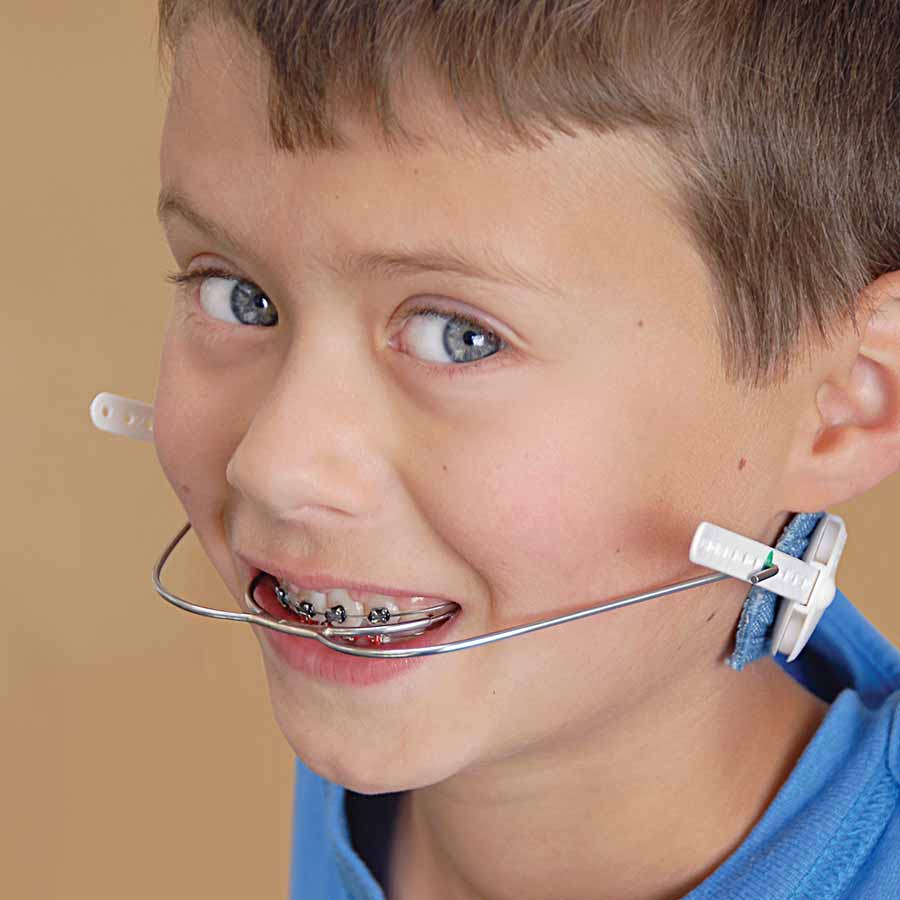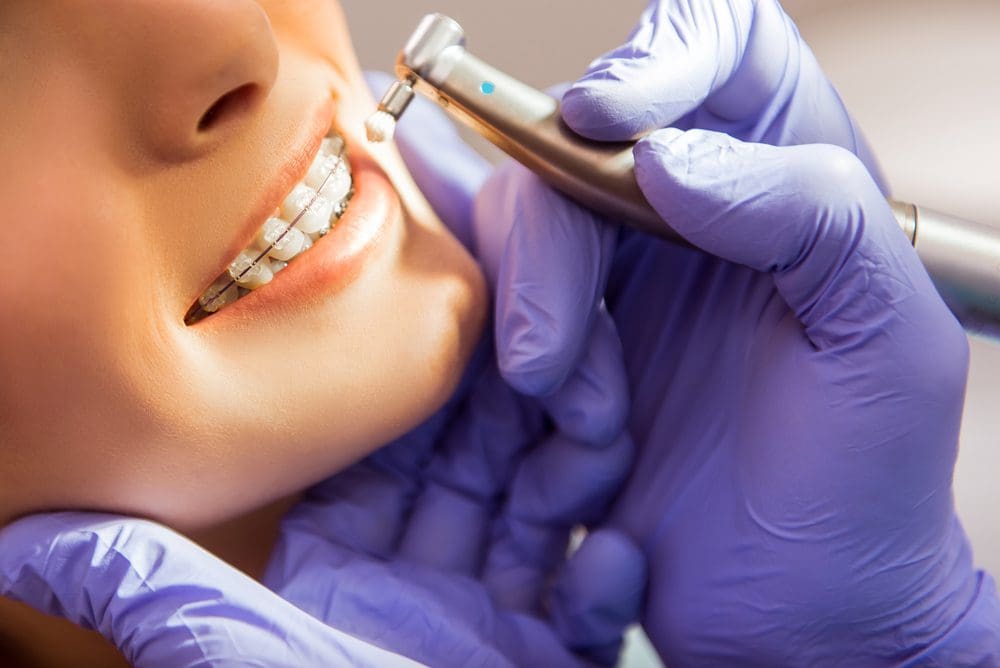Comprehensive Overview to Orthodontics Treatments for Remedying Oral Misalignments
In the realm of orthodontics, the trip to accomplishing a flawlessly straightened smile involves a myriad of procedures tailored to correct dental imbalances. From conventional dental braces to undetectable aligners and also surgical choices, the area of orthodontics offers a series of solutions to deal with differing degrees of dental irregularities. Recognizing the ins and outs of each treatment, including their mechanisms, benefits, and possible disadvantages, is essential in making educated choices about one's orthodontic therapy. As we navigate through the detailed overview to orthodontic procedures for correcting dental misalignments, the detailed details of each method will certainly unravel, clarifying the path toward a harmonious and useful dental positioning.
Orthodontic Procedures Review

Routine changes and monitoring are important components of orthodontic therapy to ensure development is on track and to make any needed alterations along the way. By going through orthodontic treatments, people can not just attain a straighter grin but also improve their overall oral wellness and feature.
Typical Braces: How They Work
When considering orthodontic therapies for dental imbalances, typical braces stand out as a tried and true method for remedying teeth placing. Conventional dental braces consist of braces, wires, and bands that work with each other to use constant stress on the teeth, progressively relocating them right into the desired positioning.
As stress is used to the teeth with the dental braces, the bone surrounding the teeth is reshaped to support the new tooth placements. Clients will need routine modifications at the orthodontist's workplace to ensure the braces proceed to use the proper stress for effective teeth movement.
Unnoticeable Aligners: Advantages And Disadvantages
These clear, custom-made trays are basically undetectable when put on, making them an appealing choice for individuals seeking an extra cosmetically pleasing orthodontic treatment. People can get rid of the aligners prior to eating or cleaning their teeth, decreasing the threat of food obtaining stuck in the device and simplifying the cleansing procedure.

Surgical Orthodontic Options
Surgical interventions in orthodontics present feasible choices for resolving complicated oral imbalances that might not be effectively fixed via conventional orthodontic therapies. While standard dental braces and undetectable aligners can deal with several orthodontic concerns, particular instances call for medical treatment to accomplish ideal results. Surgical orthodontic options are generally suggested for serious malocclusions, considerable jaw inconsistencies, and cases where the underlying bone structure requires adjustment to accomplish proper placement.
One usual surgical orthodontic procedure is orthognathic surgical procedure, which entails rearranging the jaws to remedy functional issues such as trouble talking or eating. This surgery is often executed read what he said in collaboration with an orthodontist that assists align the teeth prior to and after the procedure. Surgical orthodontics might likewise involve treatments to subject impacted teeth, get rid of excess gum cells, or improve the jawbone to create an extra harmonious face profile.
Before taking into consideration surgical orthodontic options, individuals go through an extensive evaluation to establish the requirement and potential advantages of such interventions. braces. While surgery may appear difficult, it can substantially enhance both the feature and appearances of the smile in cases where standard orthodontic therapies fail
Retainers and Post-Treatment Treatment

Failing to conform with post-treatment treatment directions can result in regression, where the teeth slowly move back towards their original positions. Consistent retainer wear, good dental hygiene, and normal oral exams are crucial for keeping the outcomes accomplished with orthodontic surgical treatment and making certain the lasting security of the remedied dental alignment.
Conclusion
In final Look At This thought, orthodontic procedures use different options for dealing with dental imbalances. Surgical orthodontic choices are available for a lot more serious misalignments. On the whole, orthodontic procedures can properly improve oral health and visual look.
As we navigate via the detailed overview to orthodontic procedures for dealing with dental imbalances, the detailed details of each approach will unravel, shedding light on the course toward a practical and harmonious oral alignment. - braces
One of the cosmetic dentistry services most typical orthodontic therapies is the use of braces, which consist of metal brackets and cables that use mild pressure to slowly move teeth right into the desired setting.When taking into consideration orthodontic treatments for oral misalignments, standard dental braces stand out as a reliable method for fixing teeth positioning. In addition, unnoticeable aligners may not be suitable for complicated orthodontic concerns that call for even more substantial teeth movement, as they are usually advised for light to modest situations. Retainers are personalized orthodontic tools designed to hold teeth in their corrected positions after the completion of orthodontic treatment.